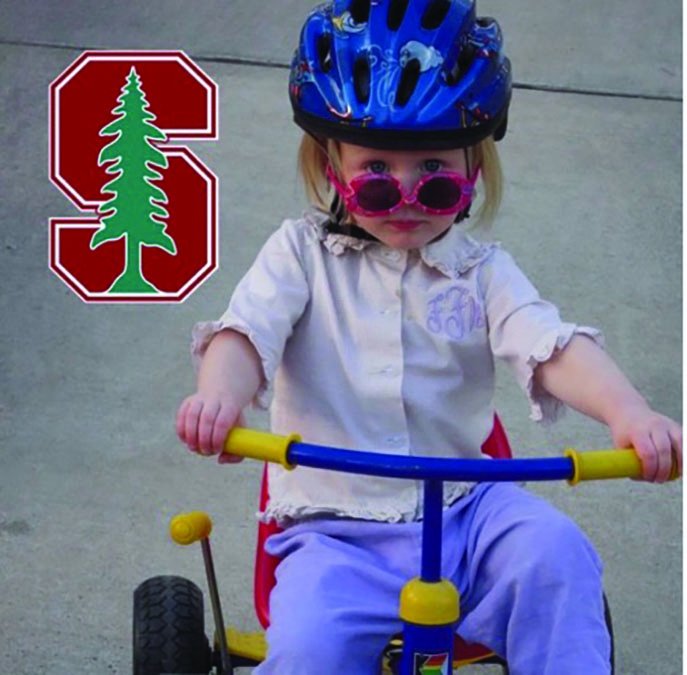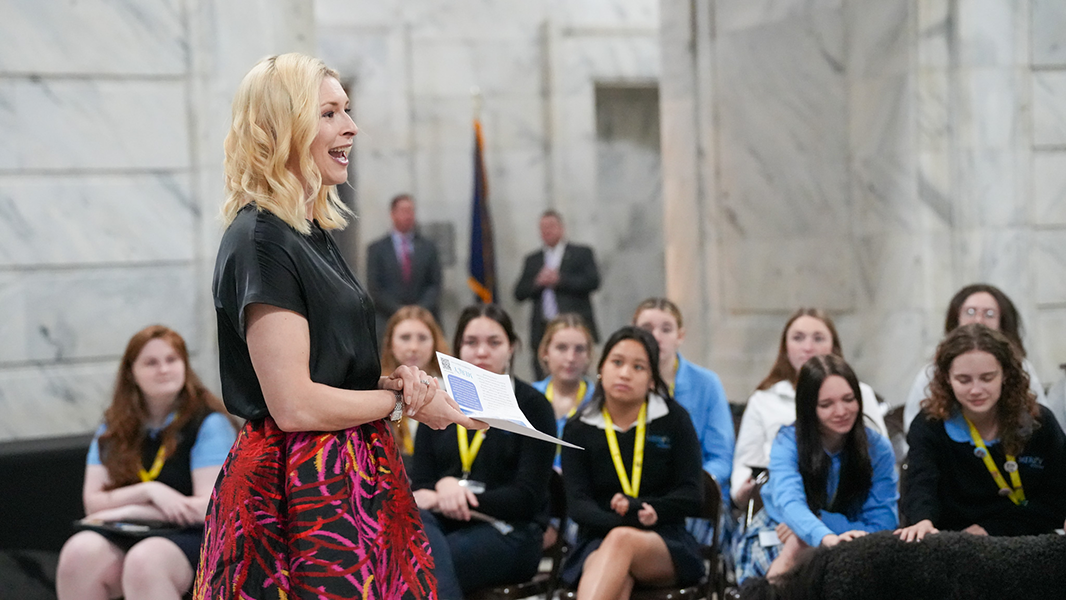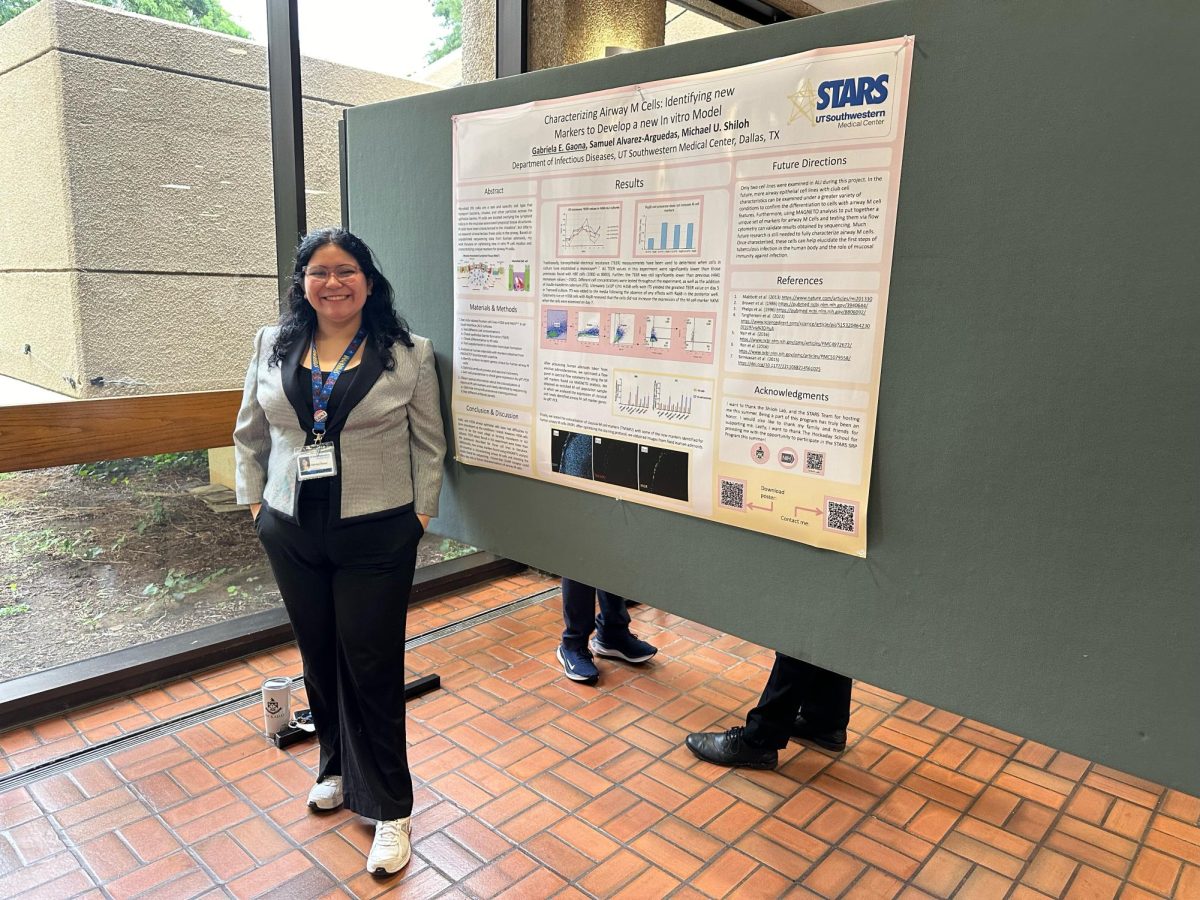Forty percent of Dallas Independent School District schools have been labeled as failing. In mid-December, the Texas Education Agency released the Public Education Grant List for 2016-2017. Schools can make the list by either having more than half of their students fail the State of Texas Assessments of Academic Readiness subject tests or by receiving an “improvement required” rating from the accountability system, a label that places the school on the failing list for three years.
The State Accountability System looks at the school’s student achievement, regarding STAAR testing scores, student progress from year to year, closing of the performance gap among students and, lastly, the student’s postsecondary readiness for their future plans, including diplomas.
Students who attend a failing school have the option to apply for a transfer, but according to Texas Education Agency Information Specialist Lauren Callahan, this application may not always be fulfilled depending on whether or not other district schools are able to accommodate those new students.
However, the agency has measures in place to aid improvement required schools so students will not need the transfers.
“As soon as a campus is ‘improvement required’ for the first year, they start creating what is called a ‘targeted improvement’ plan,” Callahan said. “If they hit that list for a second consecutive year, then they would start implementing what is called a ‘turnaround plan.’”
According to Texas Education Today, a turnaround plan includes: writing a detailed account of the academic options available; collecting written comments from many different groups involved with the campus, including parents, teachers and a campus level committee; deciding whether the campus should become a charter for the district; and lastly, a proposal regarding budget, financial and staffing resources needed to implement the plan successfully. If this is not successful and the school does not meet state accountability standards for five consecutive years, it must implement a board of managers who will oversee the performance of the entire district or close the campus.
The continually increasing number of DISD schools lacking certain standards poses the question: how does Hockaday choose schools to create tutoring programs with? The four schools that Hockaday students tutor at (William L. Cabell Elementary, Tom C. Gooch Elementary, Everrett L. DeGoyler Elementary and Sudie L Williams Elementary) are not currently on the PEG list. Director of Service Learning Laura Day takes the failing labels and other school necessities into consideration when deciding where to create partnerships.
“There is a group called Commit! and they work in all of the Dallas area. It’s like a non-profit with these very smart people who are trying to, as an outside entity, help DISD schools,” Day said. “So myself and women from there founded what we call the P3 Network: Private, Public Partnership.”
As part of the P3 network, service directors from all of the private schools and the principals of the elementary and middle schools meet to discuss what is happening in the community, and how the private schools can help.
“We come together and share what is going on or what schools don’t have people helping, or what schools are failing and need help or who doesn’t have a reading program, so we all work together,” Day said.
Each private school then goes on to work with different schools, allowing the private school community to best impact the schools that need programs.
“[The process] is a lot more thoughtful than anyone knows,” Day said. “So as time goes on, if I add a new school, I don’t just randomly add a school, I add a school because there is a school that has said ‘Oh, we need help.’”
Although there is a lot that goes into deciding which schools need the tutoring the most, practicality of time and location must be considered as well. Because there is only an hour and 15 minutes allotted for students to leave campus during the day, tutor and come back, the selection of schools students can hold programs with during the school week when most of the programs are scheduled, is limited.
Hockaday students have made an impact on Hockaday’s partner schools whether they have been labeled failing or not, and Day encourages students to continue their work even if results are gradual.
“I meet with the principals all the time, so I know what we are doing and why we are doing it, and I can see the gains,” Day said. “I think a lot of people don’t see the gains immediately; in [the] long term, the schools that we have been working with are starting to be excellent schools.”
Before Hockaday started their current weekly three-hour program with Gooch, the school received less-than-satisfactory testing scores. Now, Gooch is passing and holds three distinctions, a result that Gooch counselor Valerie Smith attributes to the tutoring program.
“I think that the tutoring and mentoring had a whole lot to do with that because the scholars, especially then, really had gaps in their skills and were really behind,” Smith said. “The big three-hour time block made it possible to do targeted tutoring and to target specific areas that according to the data, we knew certain scholars needed to work on.”
This type of tutoring is an important aspect of a student’s success, but tutors can impact more than just the student’s scores. Mentorship can give students motivation to push themselves and aim to use the skills that that the tutoring has heightened, as it has at Gooch.
“They were able to mentor the scholars, inspire them and help the scholars believe in themselves and believe that they could do it and to have a vision of college in their future,” Smith said. “So I think it just had a whole lot to do with [the school’s improvement.]”
According to Day, it can only take one supportive companion to make a difference.
“It could be that student from Hockaday sitting next to that one kid, who finally listened for a semester, who changes that kid’s life,” Day said. “That’s the thing that I want our students to know.”
Although most of Hockaday’s programs give tutors less time with the kids than the Gooch program, Day emphasizes the impact possible during their sessions with the kids.
“If you are in the middle of working with a kid, the thing is that you [shouldn’t] do the work for them; like if they can’t read or can’t do something, let them figure it out, let them sound it out, that kind of thing,” Day said. “Having them be in control of that is important.”
The tutoring experience not only impact the students, but the tutors as well.Besides creating meaningful relationships, it helps put things into perspective.
“When things aren’t going well for you, and you get to go give back, you get over yourself for a second, and I think that’s something that’s helpful,” Day said.







